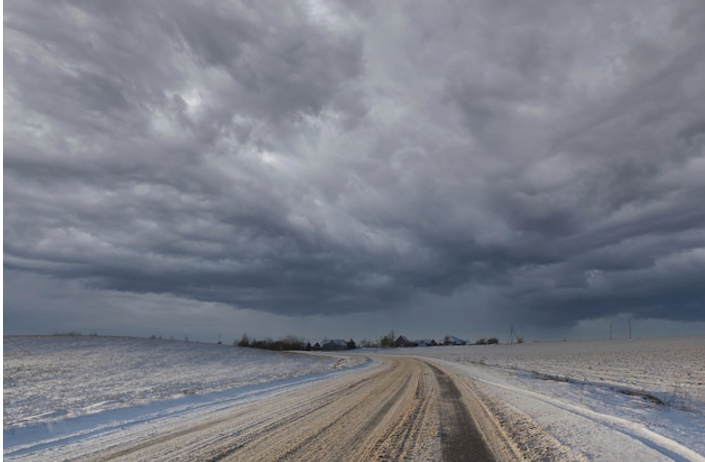
There is no greater excitement than riding a motorcycle, but it also involves heightened risks. Unlike cars, motorcycles lack stability and protective barriers, making riders more vulnerable to road hazards. Even minor imperfections can lead to severe accidents due to a motorcycle’s two-wheel balance and limited traction. This reality makes road conditions a significant threat to rider safety.
When accidents occur, attorneys specializing in motorcycle accidents will help victims navigate legal challenges. Understanding the road hazards motorcyclists face can highlight the risks and encourage safer riding practices.
Motorcycles are sensitive to road surface irregularities, with balance and control easily compromised by poor conditions. Some of the most common hazards include:
Potholes: Potholes pose a substantial danger to motorcyclists, causing sudden lane changes. What might be a minor jolt for a car could lead to a severe crash on a motorcycle. Potholes filled with water are particularly hazardous, as they can be challenging to detect.
Loose Gravel or Debris: Loose materials like gravel or debris can reduce tire traction and cause a motorcycle to slide. This is especially dangerous on curved roads where riders lean into turns. When traction is lost, skidding becomes a real risk.
Uneven Pavement or Road Construction: Construction zones often feature uneven pavement, creating instability for motorcycles. Changes in road height can disrupt balance, while temporary surfaces like loose gravel or milled pavement can make handling difficult.

Weather significantly influences road safety, creating additional hazards for motorcyclists. Rain, ice, and snow reduce friction between tires and the road, making riding more treacherous.
Wet roads lower tire traction, making stopping quickly or maintaining stability harder. Puddles may hide potholes, and oil patches become slippery in the rain. Hydroplaning, in which tires lose contact with the road, can also lead to loss of control.
Snow and ice create slick surfaces that are highly dangerous for motorcycles. Even small amounts of ice can cause a bike to skid. Black ice, which is nearly invisible, presents a severe threat.
Road design can also affect motorcycle safety, with specific features increasing risks. Sharp curves, narrow lanes, and poor signage can make roads more dangerous for riders. A lack of drainage can result in water accumulation, making surfaces slippery.
A lack of guardrails or barriers increases the danger, especially on roads with steep drop-offs. Intersections in urban areas are frequent crash sites for motorcyclists due to congestion and frequent stops. Poor road conditions in these settings increase risks even further.
The road conditions play an essential role in motorcycle safety, with various hazards that can lead to severe accidents. Riders must know these risks and practice safe riding habits to mitigate them. Also, proper road design and maintenance are crucial for creating safer environments for motorcyclists.
By understanding the dangers posed by road conditions and taking necessary precautions, riders and other motorists can help decrease the number of motorcycle accidents on our roads. So, all parties must work together to improve road conditions and promote safe riding practices. Stay safe out there!